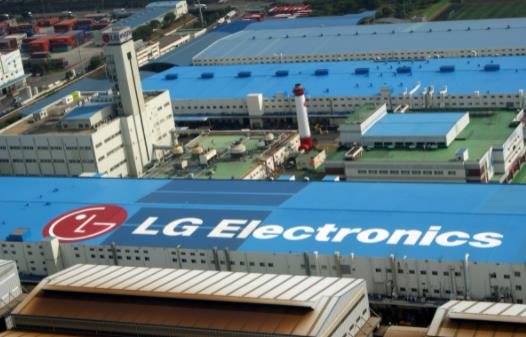LED display screens constitute a crucial segment in the realm of large-scale visual interfaces, comprising LED units and their pivotal drivers, shaping the display’s quality. The drivers, especially, play a pivotal role in determining the display’s overall performance. Let’s explore the diverse spectrum of LED display driver chips details.
Types of LED Display Driver Chips
LED driver chips fall into two primary categories: general-purpose chips and specialized chips. General-purpose chips encompass logic chips with LED display functionalities (such as shift registers), designed not exclusively for LEDs. On the other hand, specialized chips are meticulously crafted to suit LED characteristics, offering constant current sources vital for stable LED operation, eradicating flickering issues, and enhancing display quality.
1. General-Purpose Chips
These chips commonly cater to lower-tier LED products like indoor monochrome or dual-color screens. The prevalent 74HC595 stands as a prominent example, featuring an 8-bit latch, serial-to-parallel shift register, and tri-state outputs, supporting a maximum output of around 35mA per channel. Motorola (Onsemi), Philips, and ST are among the manufacturers commonly utilized in the display industry, with Motorola’s products boasting notable performance.
2. Specialized Chips
Specially designed for LED screens, these chips offer significant current outputs and constant current features, ideal for scenarios requiring high currents and superior image quality, such as outdoor full-color screens. Key performance parameters for these chips include maximum output current, number of constant current output channels, current output accuracy, and data shift clock.
Max Output Current: Typically around 90mA, ensuring stable, uniform LED drive.
Constant Current Output Channels: 8-bit and 16-bit source options, with the latter becoming mainstream due to its advantages in size and PCB wiring.
Current Output Accuracy: Bit-to-bit and chip-to-chip errors, crucial for uniformity and achieving white balance.
Data Shift Clock: Determines data transmission speed, pivotal for high refresh rates and stable visuals.
Performance Comparison of Leading LED Specialized Chips
Several prominent manufacturers dominate the LED driver chip market, including Toshiba, TI, Sony, MBI, and SITI. In the Chinese LED display industry, these chips find widespread application.
Toshiba: Renowned for cost-effectiveness and high market share, products like TB62705, TB62706, TB62725, TB62726, TB62718, TB62719, and TB62727 offer various features catering to different market segments. They boast improvements in current output errors, data shift clock, power supply voltage, and chip power consumption, targeting mid to high-end LED displays.
TI: Known for high-performance products like TLC5921, TLC5930, and TLC5911, offering precision, grayscale capabilities, brightness adjustments, thermal and short-circuit protections, albeit initially facing challenges in the Chinese LED market.
Sony: Positioned in the high-end market, chips like CXA3281N and CXR3596R provide extensive functionalities such as high-level grayscale mechanisms, brightness adjustments, thermal and short-circuit protections, with CXR3596R elevating output current and constant current source channels.
MBI (Macroblock): Offering competitive alternatives to Toshiba’s mid-tier products, MBI’s chips, like MBl5001, MBl5016, MBl5168, and MBl5026, provide compatible functionalities, slightly differing in external resistor settings, often 10-20% cheaper than Toshiba’s offerings.This is also one of the most commonly used driver chip brands by LED display manufacturers. For example, IAMLEDWALL, a top used LED video wall supplier, uses MBI chips to make LED screens more stable and last longer.
SITI (Macroblock): With chips like ST2221A, ST2221C, DMl34, DMl35, DMl36, DMl33, and ST2226A, they position themselves akin to Toshiba in terms of performance and price, albeit with non-compatible pin configurations.
These chips categorize into three tiers: those with grayscale mechanisms, chips with additional functionalities like LOD (output open detection), TSD (thermal shutdown), and brightness adjustment, and chips solely offering constant current sources without extra features, ensuring high-quality display performance.
Conclusion:
These leading specialized LED driver chips helps in selecting the most suitable chip for distinct LED display requirements.
With the LED market continuously evolving, these insights empower stakeholders to make informed decisions and harness cutting-edge technology for unparalleled visual experiences.





